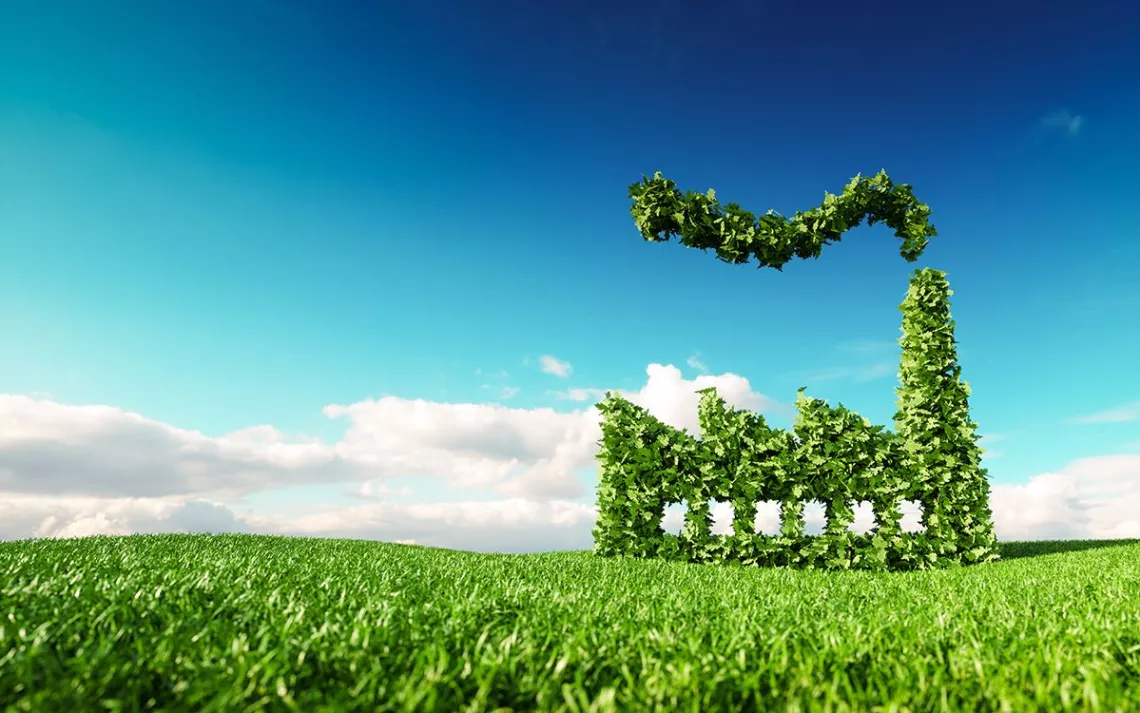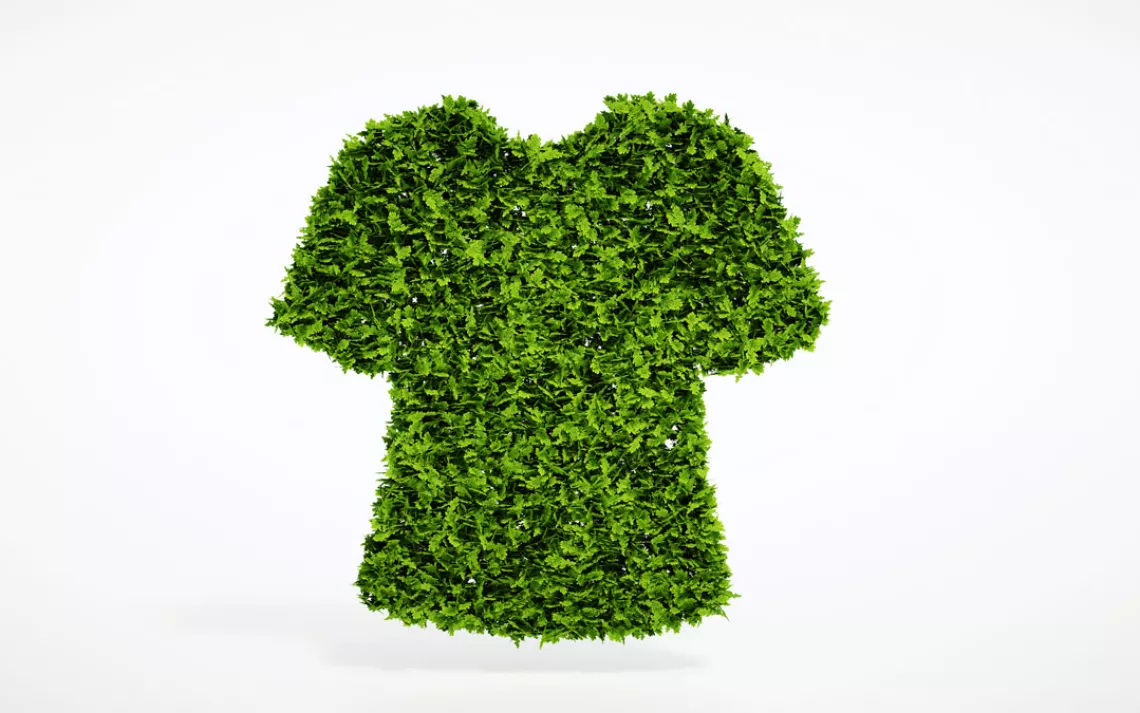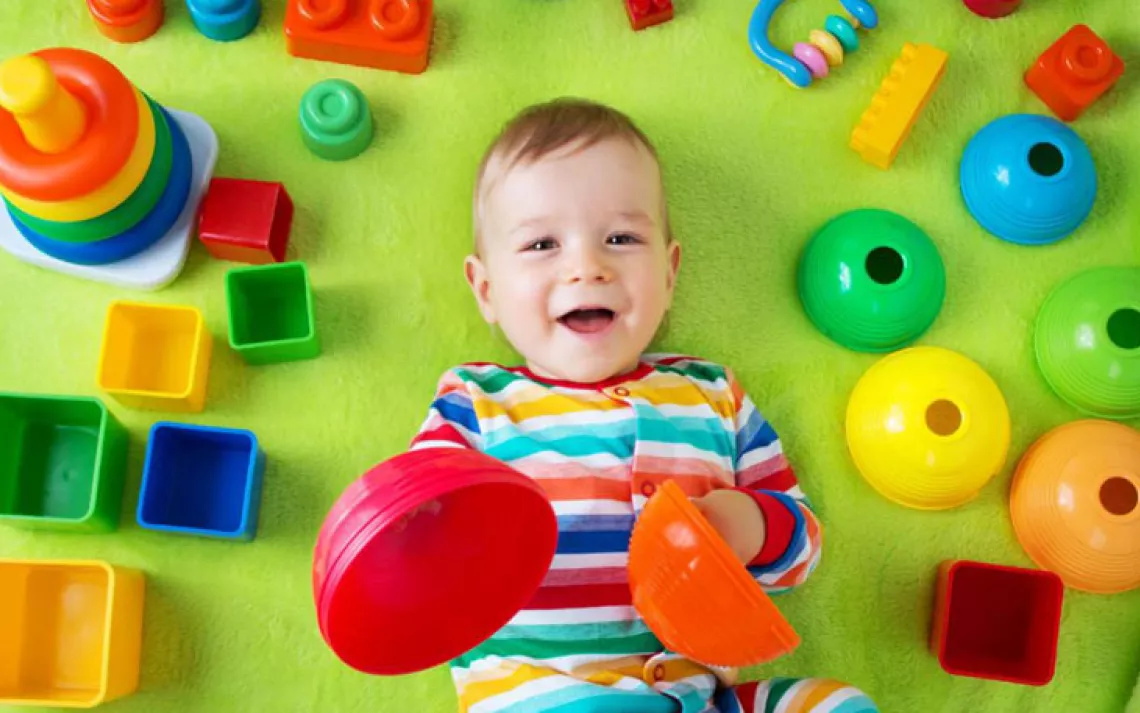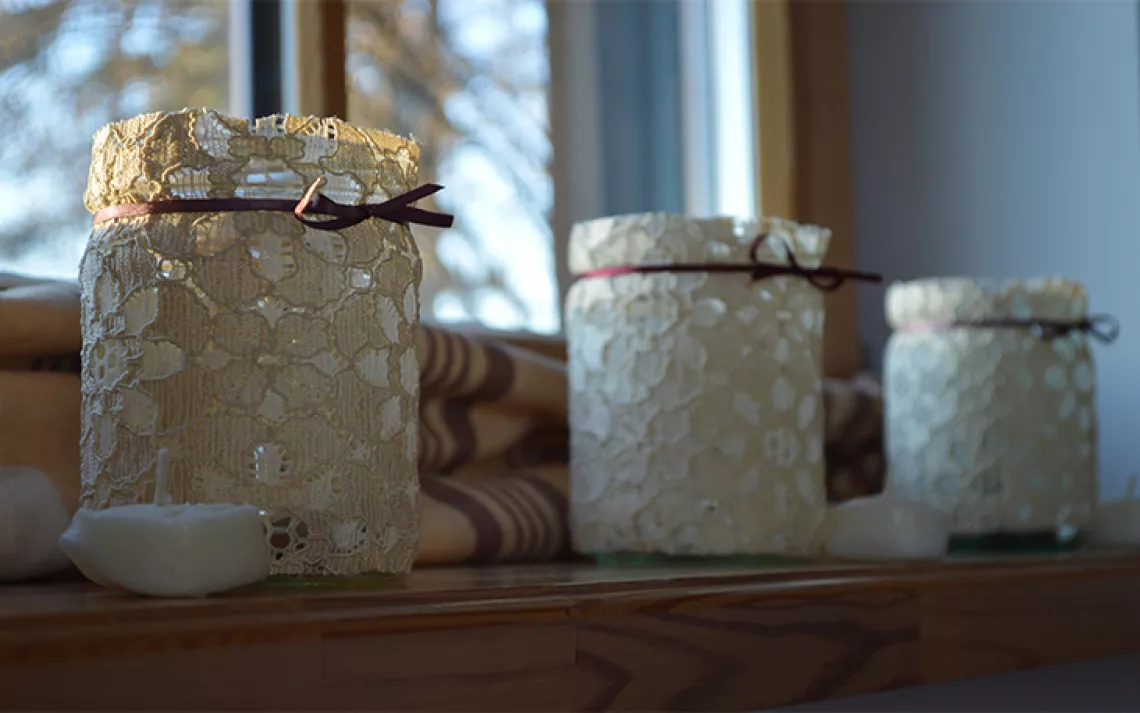Inside Consumer Eco Labels
Your guide to six common stamps and seals
Standardized eco and organic labels aren’t just for groceries and personal care items anymore. Yes, consumer products have long been touting Earth-friendly attributes, but it’s not always easy to suss out the greenwashing and gauge a brand’s true dedication to minimizing its manufacturing, packaging, and transportation footprints; sourcing ethically; and otherwise making its contributions to consumerism more “worth it”—especially when those steps require additional time and money. Luckily, several standardized eco labels have cropped up in recent years. Stamped on product packaging or online, they intend to help consumers identify those products that meet specific environmental performance criteria—whether a given label’s focus lies on a single life-cycle stage or a product’s entire life cycle.
Vowing to make 2021 a year of more conscientious consumption? Next time you’re shopping, turn to this eco label primer to decipher the true meaning behind six prominent eco labels.
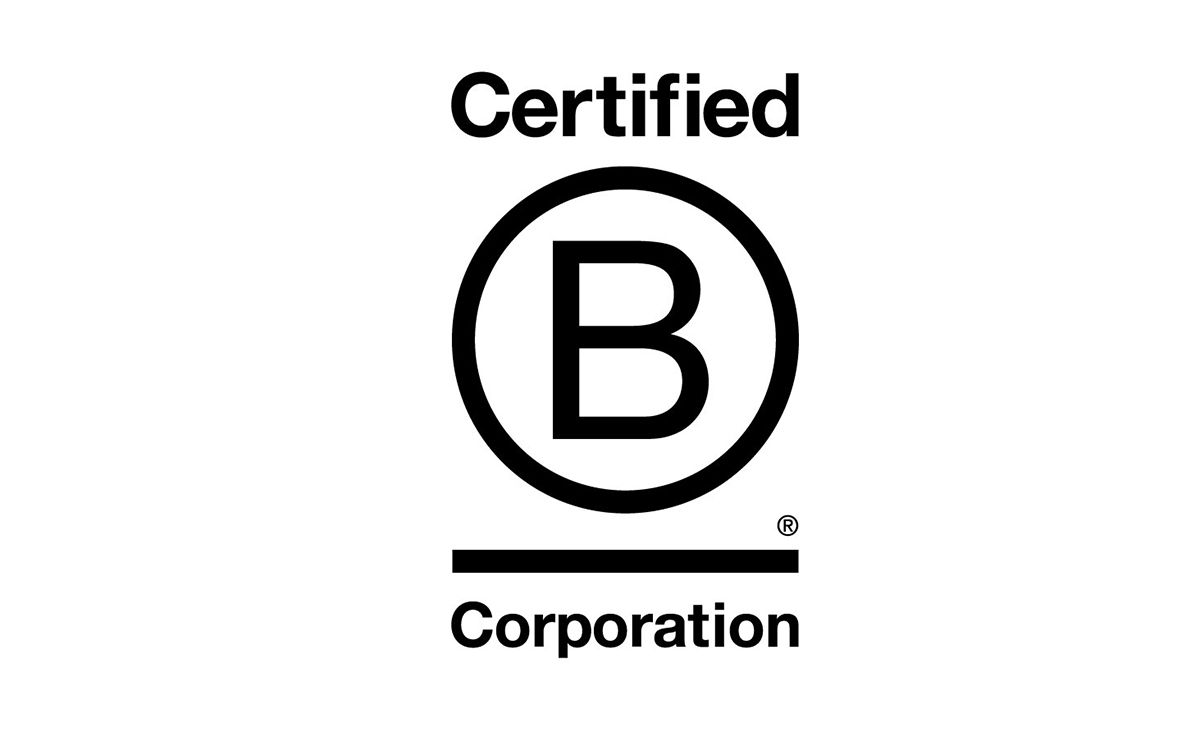
B Corporation certification doesn’t only evaluate a product or service—it assesses the positive impact of a company as a whole. To attain B Corp certification, an organization must meet strict standards for how it treats its workers, affects its community, and stewards natural resources. Its performance on social and environmental goals is also made public. After outdoor industry do-gooder Patagonia became a B Corporation in 2012, for instance, the company expanded its staff’s medical coverage as well as paid maternity and paternity leave for employees.
The first 82 B Corps were certified in 2007 and now number 3,637 businesses—including outdoor mainstays like Cotopxi and Klean Kanteen—in 74 countries, across 150 industries. Certification processes and requirements may differ based on company size and structure, but the overarching objective is to move toward a more ecologically regenerative and socially inclusive economy. It doesn’t just prove where a company excels at this moment; B Corps are committed to building long-term impact on all stakeholders into a company’s legal structure. Curious whether your fave brands are on board? Check out the B Corp directory.
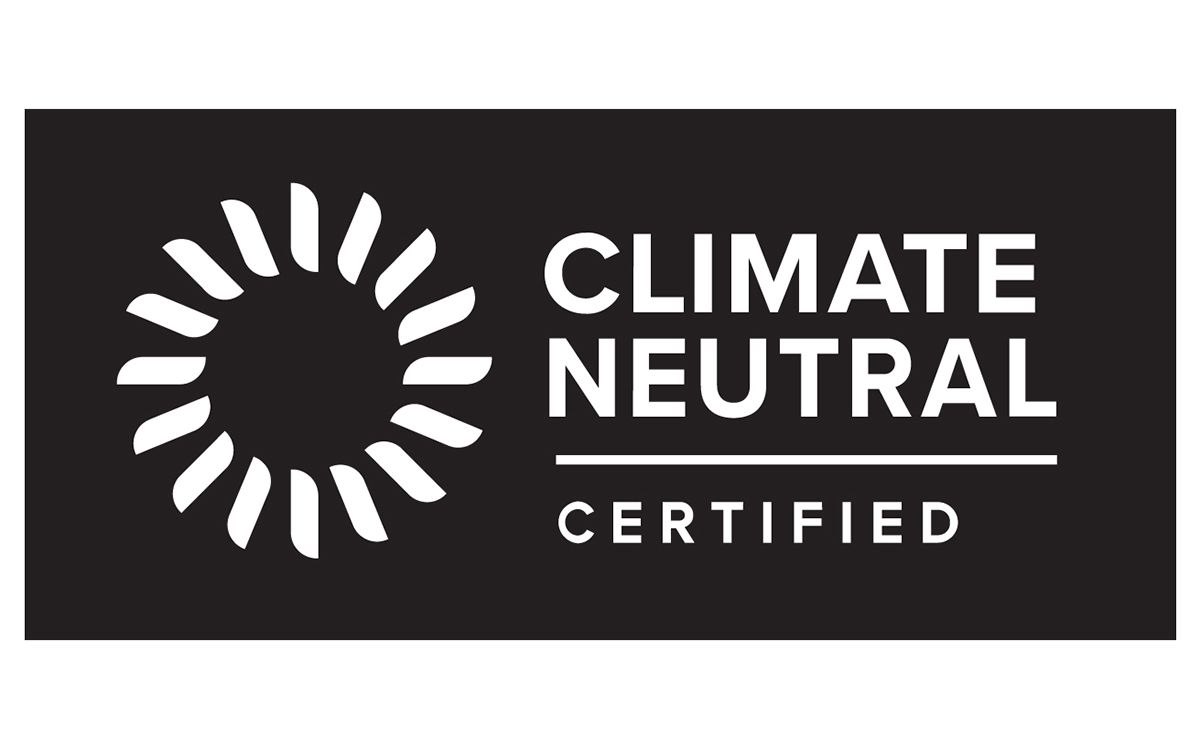
A lot of companies these days are claiming carbon neutrality. Now, Climate Neutral has standardized the claim. Launched in early 2019 by two founding brands—BioLite and Peak Design—Climate Neutral works to decrease global carbon emissions by incentivizing brands to measure, offset, and reduce the carbon they release. The nonprofit organization offers participating brands a set of tools to accurately measure their carbon emissions across Scope 1 (direct fossil fuel usage), Scope 2 (indirect from the generation of purchased electricity, steam, heating, and cooling), and Scope 3 (all other indirect emissions in a company’s value chain); sets clear guidelines for carbon offsetting, and directly problem-solves with individual companies to reduce their emissions. The Climate Neutral Certified label makes it easy for customers to find certified brands, and a review of each company’s reduction plans is listed on the Climate Neutral website. To earn certification, a brand must achieve net zero carbon emissions across a calendar year. In 2019, 146 brands (including Miir, Allbirds, and Kickstarter) across seven industries in more than 10 countries became Climate Neutral Certified, together measuring and offsetting 201,072 metric tons (443,287,880 pounds) of carbon.
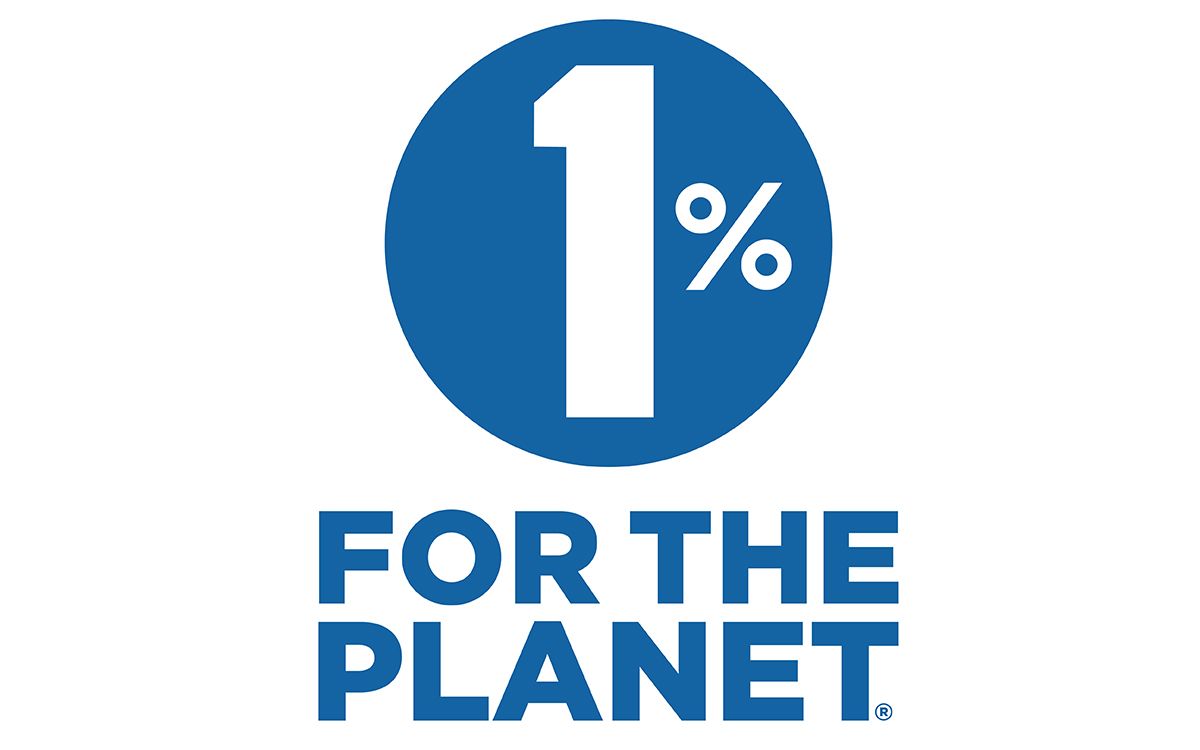
In 2002, two kindred company heads met and bonded over their love for the outdoors and their mutual belief in their responsibility to protect the planet whose resources their companies profit from. From that meeting between Yvon Chouinard, founder of Patagonia, and Craig Mathews, founder of Blue Ribbon Flies, 1% for the Planet was born. With two tiers of membership, business and individual, this label supports others who are similarly committed to accelerating strategic environmental giving. The 1% network’s 3,822+ participating companies span 64 countries and dedicate the equivalent of 1% of their gross sales to environmental nonprofits that align with their values and brand. Individual members (counting 791 from 42 countries) pledge to donate 1 percent of their annual salary to environmental nonprofits through monetary and volunteer support. The idea is that by working in concert, these funds carry greater impact than they would if one company or individual was donating alone.
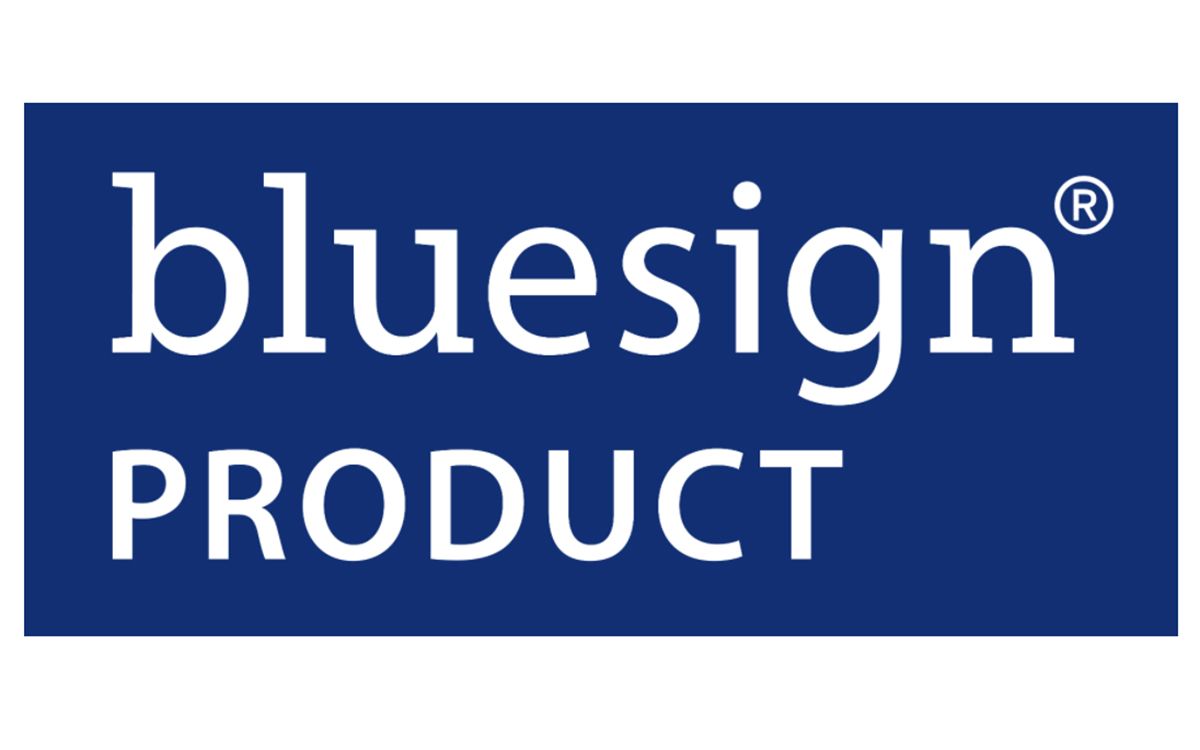
Well over 1,000 different chemical substances are needed to manufacture consumer product textiles—and more than 900 among them are hazardous substances. Established in 2000, this Swiss company’s founding goal was to motivate suppliers, manufacturers, and brands to reduce the overall footprint of the textiles they use, with a particular focus on the chemicals used in the process. Bluesign works at each step in the textile supply chain to approve chemicals, processes, materials, and products that are safe for the environment, workers, and end customers. Each year, the company’s more than 600 partners (including Kathmandu, Adidas, and Brooks) use “the blue way” concept, striving to use only smart chemicals and acting responsibly to release fewer and fewer hazardous materials into the environment. Look for the Bluesign logo on any textile-based product, from backpacks to base layers. A range of product-specific labels distinguish whether the full product meets Bluesign criteria or some (but perhaps not all) materials meet the Bluesign standard.
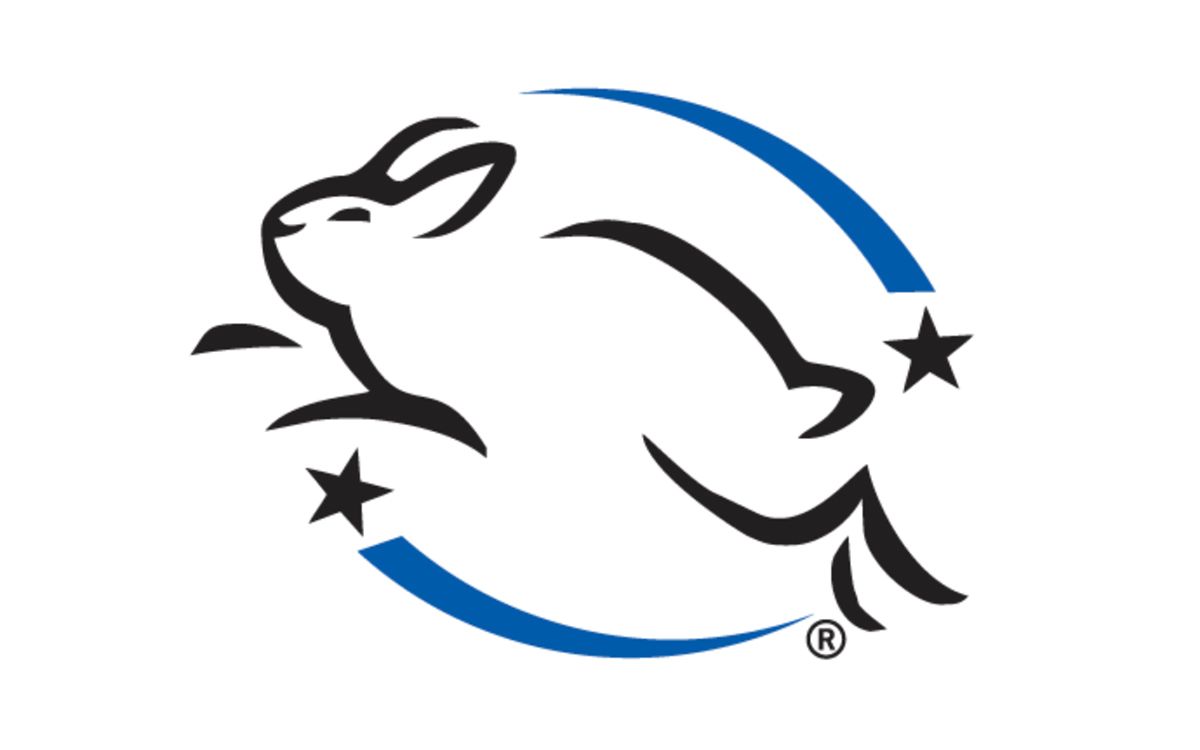
In response to the confusion caused by a variety of cruelty-free standards in 1996, eight national animal protection groups—American Anti-Vivisection Society, Animal Alliance of Canada, Beauty Without Cruelty, Doris Day Animal League, Humane Society of the United States, National Anti-Vivisection Society, Rise for Animals, and Cruelty Free International—banded together to form the Coalition for Consumer Information on Cosmetics (CCIC). The CCIC promotes a single comprehensive standard and an internationally recognized Leaping Bunny logo. More than 2,000 Leaping Bunny-certified companies in the United States and Canada have made a voluntary pledge (and are open to independent audits) to clear all animal testing from their cosmetic, personal care, and household products. A company’s ingredient suppliers and manufacturers must also make the pledge. All certified companies must renew their commitments on an annual basis, and consumers can view current status on recommitments on the Leaping Bunny website.
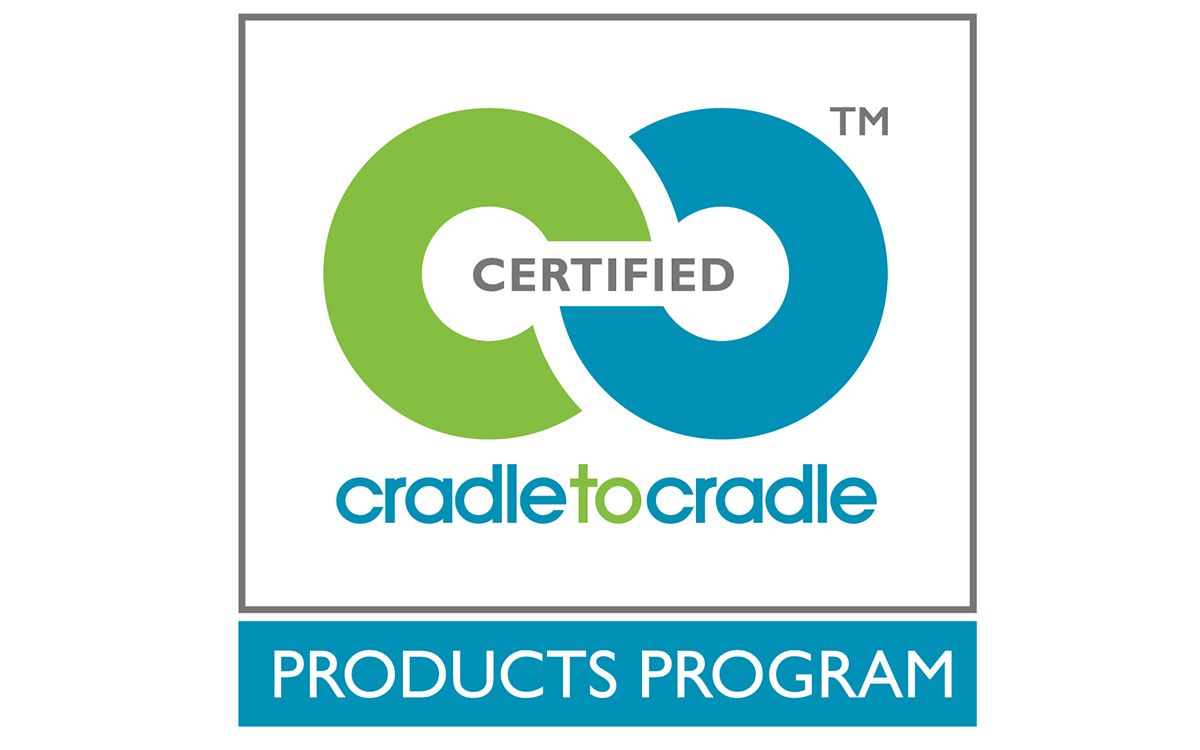
Rooted in the Cradle to Cradle design principles established by William McDonough and Dr. Michael Braungart, this certification standard recognizes safer, more sustainable products for the circular economy—the idea behind which is to decouple economic activity from the consumption of finite resources and design waste out of the system. To receive certification, products are assessed for environmental and social performance across five sustainability categories: material health, material reuse, renewable energy and carbon management, water stewardship, and social fairness. In each category, a product is assigned an achievement level—from Basic to Bronze to Silver to Gold to Platinum—and the product’s lowest category achievement represents its overall certification level. The Cradle to Cradle Certification Standard is currently in its third iteration, with version four expected to launch by the end of the first quarter of 2021. Cradle to Cradle’s global community counts nearly 450 companies with more than tens of thousands of products certified (certification requires renewal every two years).
 The Magazine of The Sierra Club
The Magazine of The Sierra Club
